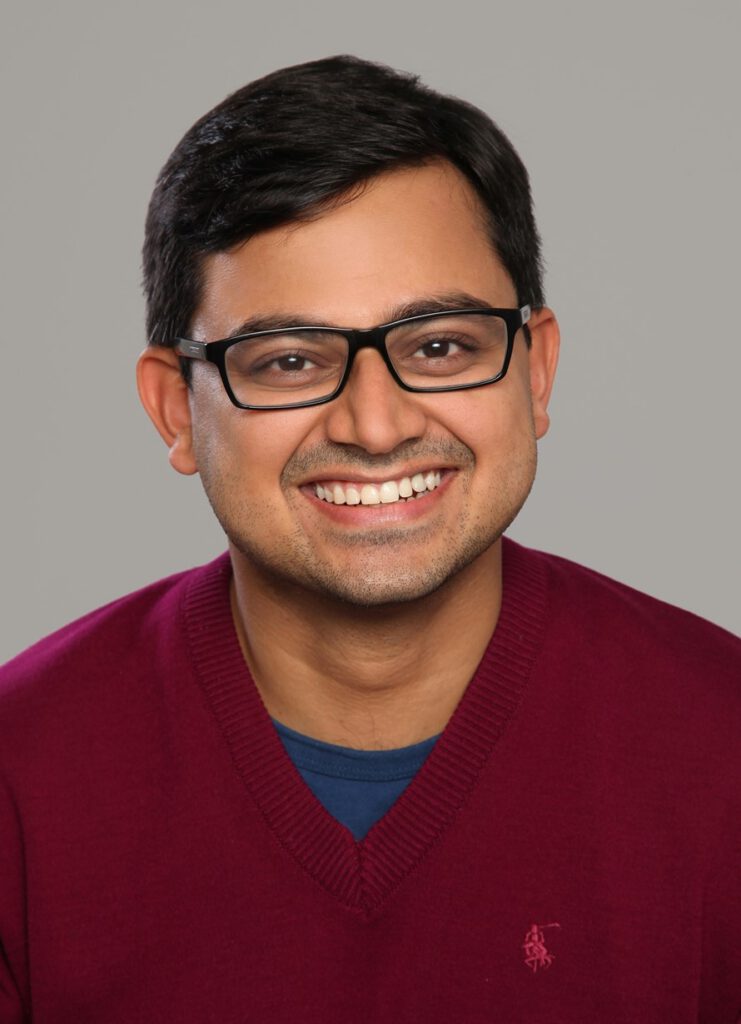Blog
Strategic Foresight: In the Face of Uncertainty
In March 2021, I was one of 13 GDL members who met online for a three-day training course on dealing with critical global challenges. The training was conducted by Foresight Intelligence together with the Global Diplomacy Lab.
Take a look at the GDL Policy Brief on proactively managing global challenges that resulted from the workshop.
What is Strategic Foresight?
A Strategic Foresight identifies and assesses critical global challenges to develop an innovative, comprehensive, and robust set of strategic policy options. It deals with events and developments that are outside our realm of control, such as the spread of misinformation, and risks that arise from our own actions, such as climate change.
Why is this interesting to you?
As an Advisor for Artificial Intelligence, the methodology itself was especially exciting for me. I knew that taking part in the workshop would equip me with new tools and thinking, helping me in developing original and promising ideas for concrete strategic policy options in my area of work.
I had already taken part in a previous Foresight exercise, which was focused on developing and analysing scenarios. This year I saw the chance to take these scenarios from theory to action.
What happens during Strategic Foresight?
Strategic Foresight is a highly systematic process. We started out identifying the top three critical global challenges in a structured brainstorming; thinking in mid‑term (5 to 10‑year) goals and ranking them based on their urgency and importance. The assumption being, that if the three most urgent and important goals were not fulfilled, this would have devastating consequences for achieving all other goals.
As it was a group process taking place online under time constraints, identification of the top three options required us to narrow them down via the lowest common denominator. In the end, we were able to agree on the following three critical global challenges:
- Countering the spread of misinformation and disinformation
- Creating a more equitable economic world order (with a focus on trade)
- Achieving the goals as set out in the Paris Agreement and the UN 2030 Agenda for Sustainable Development
Furthermore, we were able to collect 40 strategic ideas on how to handle these three top priority challenges. These ideas were then assessed regarding their effectiveness in addressing (prevent or mitigate) the three challenges and with regard to the overall preparedness of an international organization such as the United Nations (UN) to implement these respective options.
The brainstorming process was shaped by the diverse perspectives and backgrounds of us as participants. It was impressive to see how much challenges can differ depending on the professional background or the region a person is living in. For example, those working in foreign and security affairs presented the danger of a nuclear fallout in South Asia between India, China and Pakistan.
How can you go about addressing these challenges?
We were divided into groups and were ‘forced’ to step out of our comfort zone to think of ways to address the above-mentioned three global challenges. The groups were broken up into Angels and Devils to ensure that both options, namely how the options could fail spectacularly or be hugely successful, are taken into consideration. We focused on how to improve the potential of solutions and how to look at the future.
Furthermore, we were introduced to the Pre-Mortem Analysis which helped us to select the most promising ideas for strategic options and made the group think about as many potential failures as possible to save the future. It was really interesting and challenging at the same time to be forced to think deeply and expansively about why certain failures would occur.
To make these failures even more visible and tangible we wrote ‘newspaper headlines’ for the five biggest points of failure and prioritised them. One of the resulting headlines was ’Europe in sub-zero due to the weakened Gulf Stream’, with sub-zero referring to temperatures below zero degrees Celsius. Imagining all the potential failures and especially reading such a shocking headline made it clear once again how important it is to find solutions to the global challenges and to avoid failure.
What did you take away from the training?
All in all, it was an enriching, educational and thought-provoking training course that made me realise on a personal level that it is good to imagine a bright future, but also important to imagine a failed future and ideally prepare to address that uncertainty.
Furthermore, the Strategic Foresight Training made me aware that there are ways of managing and arresting global mid-term challenges in a strategic manner through a pro-active rather than a reactionary approach. We assessed how to prepare for a riskier future, either by adopting strategies that would help humankind to live in that riskier future or by applying mitigating strategies that would help to prevent it, and how to shape it for the better.
It is now important to not only think about strategies but to take them to action and to spend time on working out options and manoeuvres that can determine failures in the short and long term.
About the author:
Gaurav Sharma works as an advisor for AI at GIZ in India and is active in several different forums, networks and platforms dealing with the climate crisis and structural unemployment as well as supporting young leaders in India while fostering the exchange of ideas.
Published on June 9, 2021.
